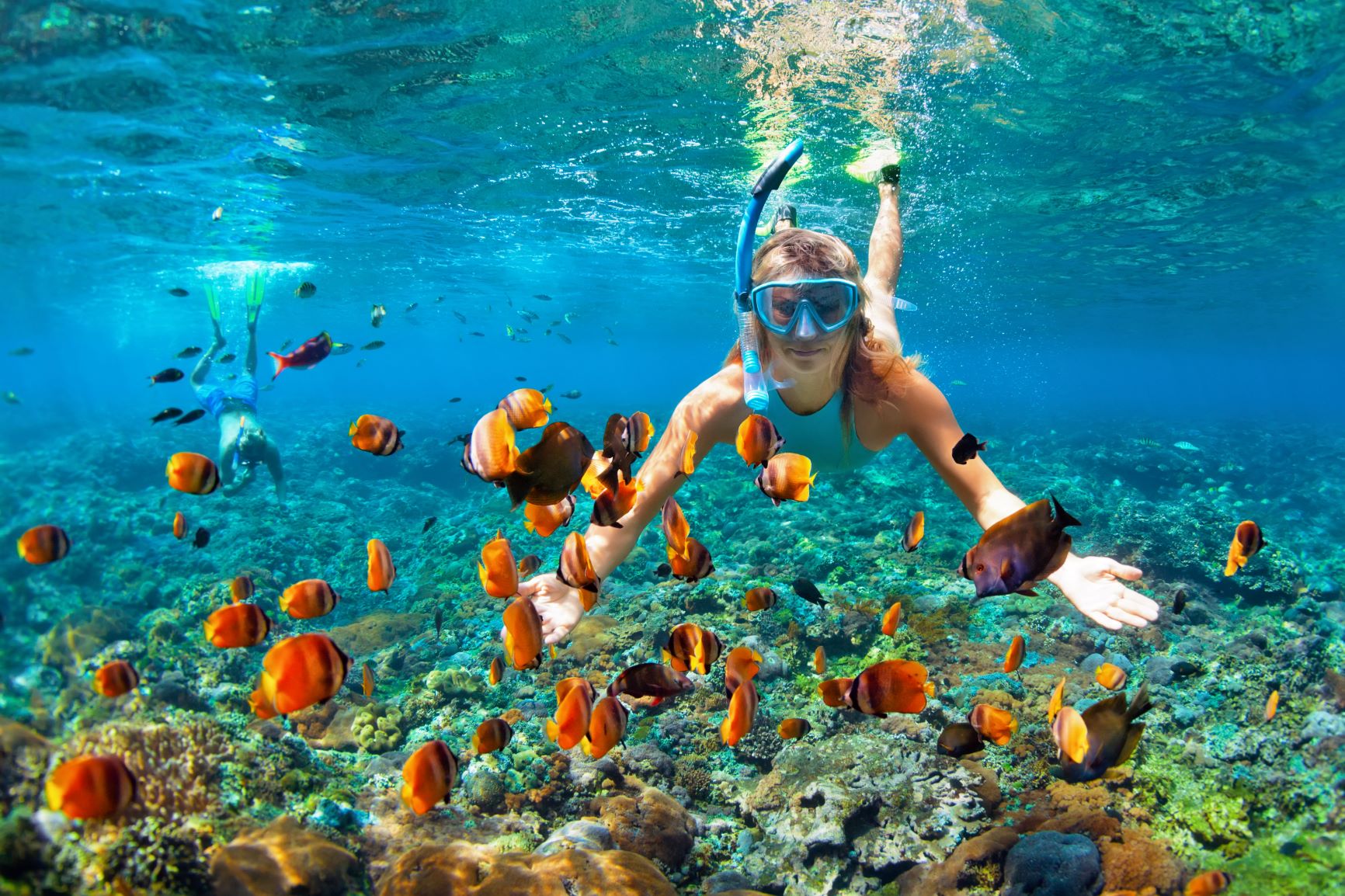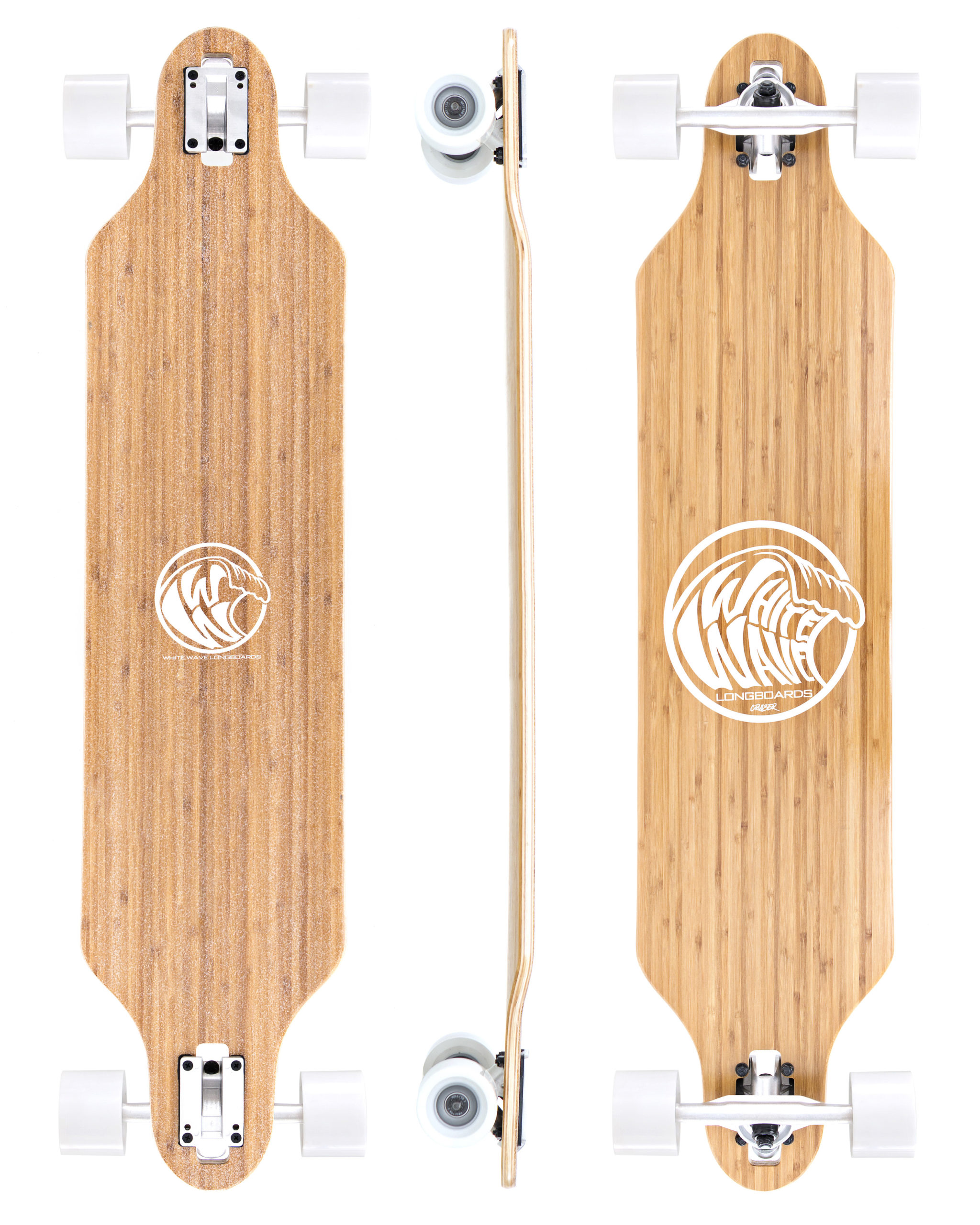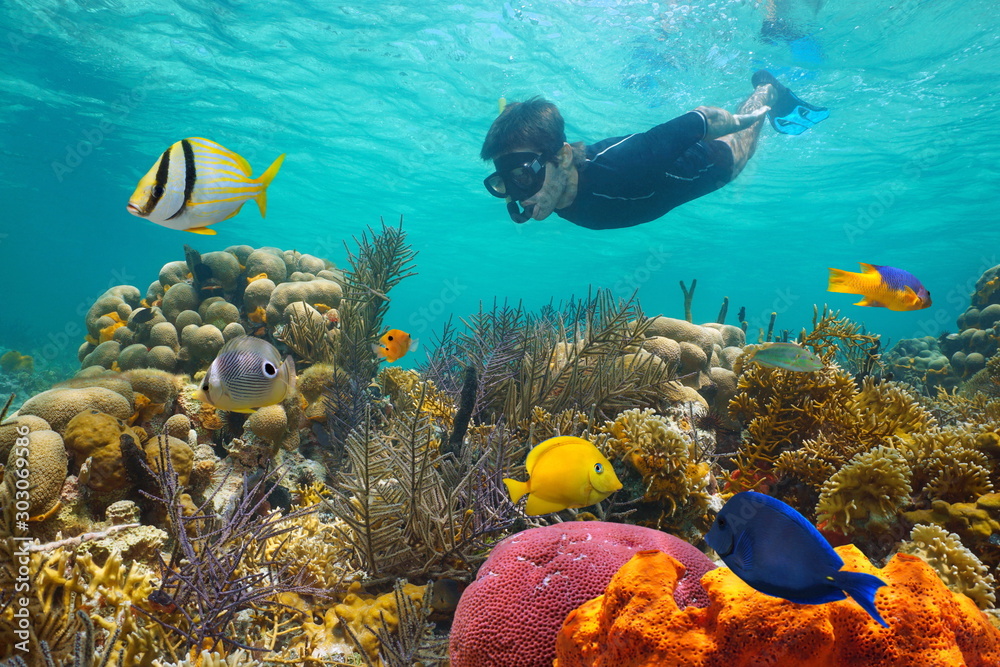말을 타고 즐기는 팀 스포츠, 폴로(Polo)는 전 세계적으로 오랜 전통을 자랑하는 귀족 스포츠 중 하나입니다.
우아하면서도 스피디하고 격렬한 경기 양상은 실제로 보면 누구나 매료될 수밖에 없어요.
두 명의 폴로 선수가 말 위에서 말렛을 휘두르며 공을 다투는 역동적인 장면
오늘은 아직 국내에서는 생소할 수 있는 폴로 스포츠에 대한 기초 정보와 입문 가이드를 소개해드릴게요 😊
폴로란 어떤 스포츠인가요?
- 말을 타고 나무망치(말렛)로 공을 쳐서 골에 넣는 팀 경기입니다.
- 일반적으로 4인 1팀으로 구성되며, 경기장은 축구장보다도 넓어요.
- 고대 페르시아에서 유래하여 유럽 귀족층 스포츠로 발전했고, 현재는 전 세계 80개국 이상에서 즐기고 있어요.
폴로의 기본 규칙
- 한 경기는 보통 4~6개의 '차커(Chukker)'로 구성 (각 차커는 약 7분)
- 각 팀은 상대 골문에 공을 넣으면 1점 획득
- 경기가 끝날 때 가장 점수가 높은 팀이 승리
- 말과 선수의 안전을 위해 '오른쪽 통행' 원칙 적용
폴로는 단순한 말 타기 그 이상! 전략, 팀워크, 말과의 교감이 핵심이에요 🐴
폴로 입문을 위한 준비물
필수 장비
- 승마용 헬멧 (안전 필수)
- 무릎 보호대, 장갑
- 긴 바지와 부츠 (승마 전용 착용 추천)
- 폴로 말렛 (체험 시 대여 가능)
기본 스킬
- 말 타는 법 (초급 승마 경험 필수)
- 한 손으로 말렛 조작
- 말 위에서 중심 잡는 연습 필요
국내 폴로 체험 가능한 곳
| 지역 | 추천 장소 | |||||||||||||||||||||||||||||||||||
|---|---|---|---|---|---|---|---|---|---|---|---|---|---|---|---|---|---|---|---|---|---|---|---|---|---|---|---|---|---|---|---|---|---|---|---|---|
| 경기 | 하남 폴로클럽, 남양주 폴로 아카데미 | |||||||||||||||||||||||||||||||||||
| 충남 | 천안 승마장 내 폴로 체험 프로그램 | |||||||||||||||||||||||||||||||||||
| 제주 |
| Item | Picking Tips |
|---|---|
| Mask | Check face seal; anti‑fog coating is a must. |
| Snorkel | Dry‑top models block splashing water. |
| Fins | 40 cm+ blades; big hip‑driven kicks for more thrust. |
| Suit / Rash guard | UV & jellyfish protection; 3 mm wetsuit if water < 24 ℃. |
| Life vest | Mandatory for beginners and kids. |
3. Core Skills in 3 Steps
- Bubble breathing – Face in water, exhale “Phoo~”, feel the seal.
- Fin kick – Barely bend knees; power comes from hips.
- Surface rest position – Relax arms & legs, breathe, feel buoyancy.
4. Top Spots (KR & Overseas)
- Seobin‑baeksa, Udo (Jeju) – 20 m viz, damselfish galore.
- Bongsudae, Goseong (Gangwon) – Gentle sandy slope; perfect for first‑timers.
- Balicasag, Bohol (Philippines) – Swim a metre from sea turtles.
5. Seven Safety Rules 🚦
- Buddy up within 5 m visual range.
- Postpone if waves > 1 m or viz < 3 m.
- Mind your fins – no coral‑kicking.
- Use reef‑safe sunscreen only.
- No touching or collecting marine life.
- Hydrate: 200 mL every 30 min.
- Carry whistle & SMB; signal if caught in current.

6. Handy Tips 🍯
- Anti‑fog: Rub one drop of baby shampoo, skip the rinse.
- Action‑cam: Mount 30 cm in front for minimal distortion.
- Leg cramp? Flex toes toward nose, stretch, return slowly.
- Plan three trips? Buy your own mask & snorkel set.
7. Quick Q&A
Q. Can’t swim—still possible?
Yes. Life vest + shallow sandy entry is enough.
Q. Wear contact lenses?
Fine, but use disposables; blink if water seeps in.
Q. When to buy gear?
After three trips, start with mask & snorkel set.
8. Next Level 🚀
Freediving (10 m breath‑hold) → Scuba OW (18 m) → Wrecks & manta tours!
Snorkeling is “the lightest ticket to ocean exploration.” Five minutes of setup and ten minutes of practice let you greet the blue world. This weekend, peer into clear water at a nearby beach and open the door to a new hobby—the ocean is always there. 🌊
2025년 7월 9일 수요일
🛹 Longboard Types & Beginner Guide
From choosing your first deck to your very first safe ride—everything at a glance
1. Prologue — Why Are Longboards Trending Again?
Measuring 90–130 cm in length, the long and wide deck lets you bring the vibe of surfing or snowboarding into the middle of the city. Once a niche for downhill enthusiasts, longboarding now attracts complete beginners and many female riders thanks to its smooth cruising, dancing and carving styles. This article clears up the confusion around board types, gear selection, basic techniques and safety rules—step by step for first-timers.

2. Longboard Types at a Glance
| Category | Typical Size / Shape | Ride Character | Best For |
|---|---|---|---|
| Cruiser | 90–100 cm, pintail | Slow-pace strolling, commuting | Absolute beginners, city riders |
| Carving | 95–110 cm, camber | Deep edge-to-edge turns | Surfers & snowboarders seeking dry-land flow |
| Dancing | 110–130 cm, double-kick | Footwork & flat tricks | Riders who love rhythm and board “dancing” |
| Freeride | 100–110 cm, drop-through | Slides & speed checks | Intermediate riders |
| Downhill | 95–105 cm, drop-deck | High-speed bombing | Advanced riders with full pads |

3. Deck Anatomy & Key Terms
- Pintail — teardrop tail that helps prevent wheel bite.
- Drop-through — trucks mount through the deck, lowering the center of gravity.
- Flex rating 1–5 — lower numbers mean softer, springier decks.
4. How to Pick Beginner Gear
① Deck length ≈ your height × 0.9 cm.
Choose flex ≤ 3 for easier speed control. Wheels around 70 mm, 78A absorb
road vibration nicely. A complete starter setup costs roughly KRW 150,000–250,000.
5. Basic Stance & Techniques
- Find your stance — the foot you place forward naturally when you slide the board is your lead foot.
- Push — lock your front foot, push with the back foot, then bring it onto the deck.
- Foot brake — drag the back heel gently against the asphalt to slow down.
- Carving — shift body weight heel-to-toe to draw smooth S-curves.
6. Five Essential Safety Rules
- Keep at least 3 m from pedestrians—never ride on busy sidewalks or roads.
- Helmet, wrist guards and knee pads are non-negotiable.
- Attach LED lights and reflective tape for night sessions.
- Practice below 15 km/h; if listening to music, leave one ear free.
- When falling, roll from knees → hips → shoulder instead of catching with your hands.
7. Community & Learning Channels
Browse Instagram’s #longboarddancing, watch tutorials on YouTube’s Hans Wouters channel, or join offline groups like Board and Beer to get video feedback and level up faster.
8. Epilogue — Catch the Rhythm of the Road
Longboarding is less about raw speed and more about flow, lines and freedom. Even if your first push and brake feel clumsy, every session carves fresh balance and rhythm into your muscle memory. May this guide mark page 1 of your riding story—enjoy the glide!
Main Cause of Hand Numbness: Carpal Tunnel Syndrome Explained
▲ An anatomical illustration showing the median nerve within the carpal tunnel. Helps visualize the cause of Carpal Tunnel Syndrome.
In recent years, more people have reported wrist pain or numbness. With the widespread use of smartphones, frequent computer work, childcare, and kitchen tasks, repetitive hand movements have become common, increasing cases of Carpal Tunnel Syndrome (CTS).
This condition can lead to significant impairment in daily life if left untreated. Early diagnosis, proper treatment, and preventive habits are essential to managing CTS effectively.
What is Carpal Tunnel Syndrome?
Carpal Tunnel Syndrome occurs when the median nerve, which passes through the carpal tunnel in the wrist, becomes compressed. The carpal tunnel is a narrow passage made of bones and ligaments, and contains tendons and the median nerve. Compression of this nerve leads to symptoms like numbness, tingling, pain, and muscle weakness.
Common Causes
- Repetitive wrist flexion from keyboard or mouse use
- Repetitive household or occupational activities
- Overuse of smartphones
- Swelling due to health conditions: hypothyroidism, diabetes, arthritis
- Hormonal changes during pregnancy
- Trauma or wrist fractures
- Genetics and aging
Symptoms
- Numbness or tingling in the thumb, index, and middle fingers
- Symptoms worse at night, causing sleep disruption
- Weak grip, frequently dropping objects
- Decreased sensitivity to hot or cold
- Muscle wasting at the base of the thumb in severe cases
Diagnosis
- Physical exam: Phalen's test, Tinel's sign
- Nerve conduction studies (NCV)
- Imaging: Ultrasound or MRI
Treatment
Initial (Non-surgical) Treatment
- Rest and avoidance of aggravating activities
- Wrist splints (especially at night)
- Cold or warm compresses
- NSAIDs for pain and inflammation
- Physical therapy and nerve gliding exercises
Advanced Treatment
- Local corticosteroid injections
- Carpal tunnel release surgery (median nerve decompression)
Stretching & Self-Care Exercises
- Wrist extension stretch: Extend arm forward, palm down, gently pull back on fingers
- Wrist flexion stretch: Palm up, pull fingers downward
- Nerve gliding: Extend arm sideways, rotate wrist and fingers to move the nerve through its path
Prevention Tips
- Take breaks from long typing sessions
- Use ergonomic mouse pads and wrist supports
- Lift heavy objects with your whole hand
- Minimize repetitive hand use and take rest breaks
- Hold phones with both hands
- Maintain neutral wrist position during sleep
Conclusion
Carpal Tunnel Syndrome can severely affect your hand function and daily activities if left unmanaged. Early self-awareness, rest, and consistent use of proper hand mechanics are key to prevention and recovery. Consider implementing some of these strategies today to protect your wrist health for the long term.
2025년 7월 8일 화요일
The World's Fastest Ball Sport: The Charm of Jai Alai
▲ A thrilling moment captured during a Jai Alai match where a player uses the basket-like racket 'Cesta' to hurl the ball.
Jai Alai is a traditional ball sport that originated in the Basque region of Spain. It is played by hurling a ball against a wall using a basket-like racket called a Cesta. The name "Jai Alai" means "Merry Festival" in Basque, capturing the festive spirit of the game. Once a local pastime, it has evolved over time into a sophisticated competitive sport, known today as the fastest ball sport in the world. Its unique combination of speed, technique, and cultural heritage makes Jai Alai a sport like no other.
Historical Background
Jai Alai began in the Basque Country and spread to Cuba, Mexico, the Philippines, and the United States in the late 19th century. In Florida, USA, it once rivaled horse racing in popularity and became closely associated with gambling. Large arenas were built and professional players flourished, turning the sport into a cultural industry. Though its popularity has declined in recent decades due to changes in sports trends and technology, it remains a symbolic tradition in parts of Spain and southern France.
Jai Alai was featured as a demonstration sport in the 1900 Paris Olympics and continued to appear in several international exhibitions throughout the 20th century. In Latin America especially, it enjoyed tremendous popularity and played a role in cultural diplomacy among nations.
Thrilling Gameplay
The game is played on a three-walled court called a Fronton. Players use the Cesta to catch and launch the ball against the front wall, aiming for rebounds that opponents must return in one swift motion. The ball can travel up to 300 km/h, offering an adrenaline-pumping experience for both players and spectators. Matches can be singles, doubles, or rotating Quiniela-style, typically played to 7 or 9 points.
Players must react in split seconds, predicting the bounce and angle of the ball after it hits the wall. The game demands not only athleticism but also quick decision-making and spatial awareness, much like solving a puzzle in real time. The visible difference in players’ skill levels adds another layer of excitement.
The Cesta, the Ball, and Technique
The Cesta is a long, curved basket made of wicker and leather, designed to maximize speed and spin. It acts as an extension of the arm, allowing players to sling the ball with incredible force and precision. The ball itself is hard and heavy, requiring players to wear protective gear to prevent injury.
Becoming a top-tier Jai Alai player requires more than just physical strength. Players must master the nuances of spin, speed, and angles, combining agility with strategic thinking. From a young age, aspiring athletes undergo rigorous training to refine their technique and maintain peak physical condition.
Cultural Significance Today
More than just a sport, Jai Alai is a cultural emblem for the Basque people. Most towns have a Fronton where community members gather to play or watch matches, fostering local identity and pride. During festivals, youth demonstrate their skills while elders reminisce about legendary players of the past.
Thanks to television and internet streaming, Jai Alai can now be enjoyed worldwide. In countries like France and parts of the United States, dedicated Jai Alai clubs continue to thrive, attracting both locals and tourists. As a living cultural heritage, it remains an important symbol of Basque tradition and endurance.
Conclusion
Jai Alai combines high-speed action, technical finesse, and deep-rooted cultural history into a unique and captivating sport. It stands as a testament to the diversity of global athletic traditions and continues to inspire fans around the world. Whether through thrilling matches, elegant equipment, or its storied past, Jai Alai offers a vivid example of sport as both art and heritage.
